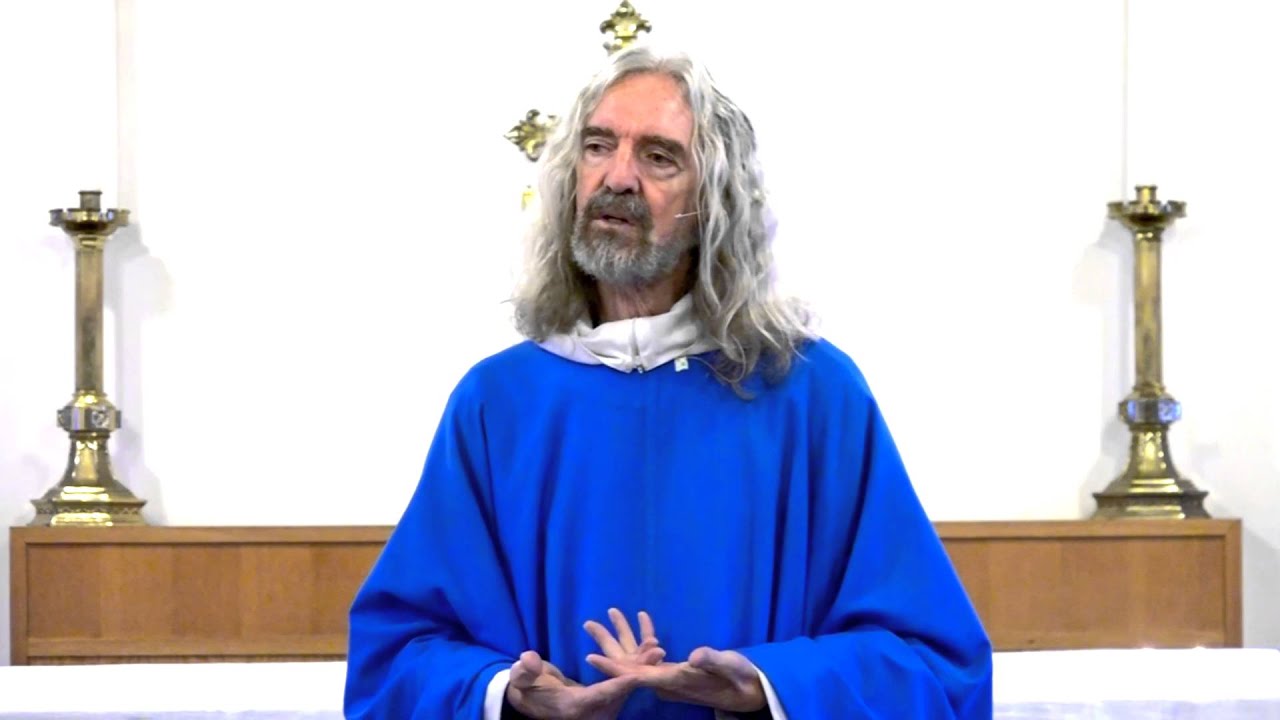
This article features a conversation between Aubrey Marcus and Father Sean, a Catholic mystic, exploring themes of spirituality, religion, and the nature of God. Father Sean shares his unique perspective on Catholicism, emphasizing its universal nature and the inherent priesthood of all individuals. He discusses his understanding of evil, differentiating between individual sin and cosmic conspiracy, and his visionary experiences, including encounters with spiritual beings. The conversation also touches upon the nature of reality, the integration of science and mysticism, and the challenges of navigating spiritual darkness. Finally, they discuss the complexities of moral decision-making, particularly regarding abortion and war, proposing a framework for ethical considerations based on compassion and informed consent.
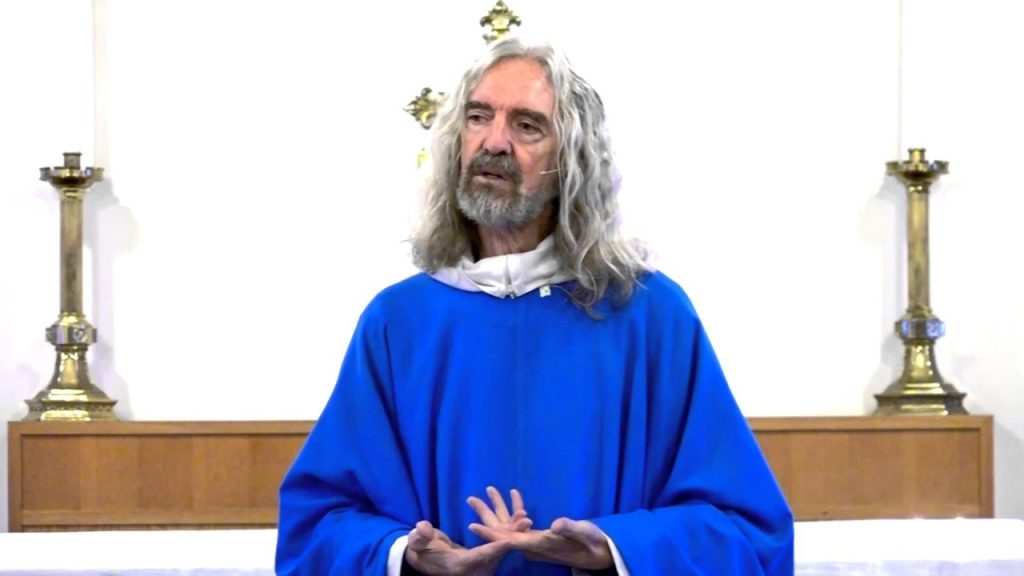
FAQ
- What does it mean to be “Catholic” with a small ‘c’ versus a capital ‘C’?
- Being “Catholic” with a capital ‘C’ usually refers to being affiliated with the Roman Catholic Church, which is a specific organization with its own doctrines and hierarchical structure. However, being “catholic” with a small ‘c’ signifies a belief in a universal or all-encompassing spirituality. It suggests a sense of interconnectedness and the understanding that everyone is a child of the universe, a part of God’s dream, regardless of religious affiliation or lack thereof. This perspective emphasizes the inherent divinity in all individuals and the potential for direct connection to the divine, rather than adherence to a particular institution.
- How does the concept of “God’s dream” relate to individual existence and experience?
- The idea that “life is a dream” and that we are part of “God’s dream” posits that our individual experiences are manifestations of a larger consciousness – God or Source – experiencing itself. According to this view, the ego is a dream of the soul, the soul is a dream of spirit, and spirit is a dream of Source. Therefore, all of existence is God experiencing itself through countless forms and expressions. This understanding implies that all beings are interconnected and that our individual experiences contribute to the larger unfolding of the Divine dream. It also implies that everything that exists, including both good and “evil”, is God in drag.
- How can we reconcile the existence of evil with a benevolent God?
- The problem of evil, or the theodicy problem, asks why bad things happen to good people. One perspective provided is that evil is not a creation of God, but rather a consequence of free will, allowing for experiences, including selfish, greedy, or violent behaviors. This view suggests that God allows beings to choose their path and learn from the results of their choices. Evil is also seen as a cosmic force that seeks to separate souls from their source. It is not omnipotent, but rather limited to a dimensional purview. Through the struggle between love and anti-love, we sharpen the sword of our soul. Additionally, the existence of evil can be understood as a necessary contrast that allows God to experience the full range of its own possibilities and experiences, similar to a sparring partner.
- What is the significance of “light workers,” and what is their role on Earth?
- “Light workers” are those who feel a calling to help others awaken to their own divinity. They are seen as individuals with the function of remembering who they are, that they are part of the universal consciousness, and to help others to do the same. Their role is to join together, support each other, and be a positive influence on the planet. They navigate through periods of darkness and self-doubt with the belief that they can remember that they are part of God’s dream and that they volunteered for reincarnation.
- What is the relationship between “Mysticism” and Science and how does that lead to the idea of “Mystics”?
- “Mysticism” is described as a synthesis of deep scientific understanding and mystical spirituality. This view posits that true science is not materialism, but an exploration of the fabric of existence itself. “Mystics” are individuals who are deeply versed in both scientific knowledge and spiritual wisdom, unifying the two to understand the nature of reality. The future of our evolution is described as a kind of Mystic, versed in understanding how the physical world works, while also having a deep mystical understanding that there is only God.
- How are different levels of self (ego, soul, and source) defined, and how do they relate to identity?
- There are three levels of self: the role self, the soul self, and the source self. The role self is the persona or identity we take on in the world, including our nationality, profession, and relationships. The soul self is our true, eternal being connected to our source and who we really are. Finally, the source self is our connection to the divine, encompassing all of existence. The key is to identify with the soul self and source self, recognizing that our roles are simply experiences we are having as opposed to being the totality of our identity.
- What is the process of moving through service to self to service to others?
- The journey from service to self to service to others involves the understanding that infants and babies are entirely narcissistic as a means of survival. The goal is to move past that point. This transformation involves a progression: seeking, being disturbed by what is found, marveling at the truth, ruling one’s own destiny, and ultimately resting in service to the larger mission of helping others wake up. Many individuals get stuck in the service of self, becoming selfish, envious, and self-absorbed. The journey is to move past that to become the “Jesus Christ” of the world.
- How does understanding the concepts of contractions and expansions help in our human experience?
- The idea of contractions and expansions refers to the rhythm of life experiences, similar to the birthing process. The initial state, like being in the womb, is a period of ease, comfort, and harmony, an Eden-like state. However, like the water breaking during childbirth, contractions occur which challenge us to grow. These periods can bring pain and difficulty, leading to personal transformation. By understanding and accepting the process of contraction and expansion, we can navigate the ups and downs of life with greater awareness. These contractions are ultimately for the purpose of our expansion, so we can remember that we are a bite-sized pieces of God who volunteered for re-incarnation.
Quiz
Answer the following questions in 2-3 sentences each:
- How does the speaker differentiate between “Catholic” with a small ‘c’ and “Roman Catholic”?
- What does the speaker mean when he says “life is a dream”?
- What is the “theodicy problem” and how does the speaker approach it?
- According to the speaker, what is the purpose of free will?
- Describe the difference between “service to self” and “service to others.”
- What are the three types of civilizations described by the astrophysicist, and how does the speaker modify that typology?
- What does the speaker mean by a “thin place” (kí)?
- What is “logus,” and how does it relate to light?
- According to the speaker, what is the problem with the way traditional churches have treated sexuality?
- What are the three levels of the self that the speaker identifies and how does he define them?
Quiz Answer Key
- The speaker defines “Catholic” with a small ‘c’ as universal, encompassing everyone as a child of the universe, while “Roman Catholic” refers to an affiliation with a specific organization. The small ‘c’ signifies a broad, inclusive spirituality rather than a specific institutional allegiance.
- The speaker suggests that life is a dream in which the ego is a dream that the soul is having, and the soul is a dream that the spirit is having, and that spirit is a dream that source is having. Ultimately, he sees all of existence as a dream of God.
- The theodicy problem is the question of why bad things happen to good people and where evil comes from. The speaker addresses it with a complex theory of evil, drawing from his dream recordings and insights, arguing it’s multi-factorial.
- The speaker explains that free will allows individuals to make choices, including selfish and violent ones, enabling them to experience the consequences and learn from their actions. Free will is thus a means for growth through experience and choice.
- “Service to self” refers to a state of being where an individual is primarily focused on their own needs and desires, often displaying narcissistic behavior. “Service to others,” on the other hand, involves compassion, empathy, and actions that benefit the community and the world.
- The original three civilization types are based on the scale of energy harvesting; the speaker modifies the typology to include types 4 and 5. Type 1 can harvest its own planet, type 2 its solar system, type 3 its galaxy, type 4 its local group of galaxies, and type 5 all of time and space.
- A “thin place” (kí) is a special location, like a grove of trees, mountaintop, or lake, where the veil between the mystical and mundane is thin, allowing one to more easily connect with spiritual dimensions and have unusual experiences.
- “Logus” is described as the morphological agent that creates form from light. It is the active force that shapes and manifests light into tangible existence, like a potter forming clay.
- The speaker argues that traditional churches have demonized sex by placing it in the shadow, creating immense guilt and shame. This leads to the dissociation of sex from the life-giving and loving connection that it is meant to represent.
- The three levels of self are the role self, the soul self, and the source self. The role self refers to the roles we play in life, the soul self to our eternal being, and the source self to our connection to God.
Essay Questions
Consider the following questions when preparing an essay. Each essay should include clear organization and citations from the source material.
- Discuss the speaker’s concept of God and how it relates to his understanding of Catholicism, focusing on the idea of “God in drag” and the distinction between “Catholic” with a capital C and a small c.
- Explore the speaker’s theory of evil, including his perspective on free will, the “street” and “B street”, the concept of the “tulpa,” and the nature of evil’s origins and goals, with connections to his experiences.
- Analyze the speaker’s views on consciousness, incorporating ideas on open-eyed visions, near-death experiences, and how these experiences relate to different ways of processing divine encounters, and his description of the different levels of self.
- Trace the evolution of religious institutions as described by the speaker, focusing on the shift from mystical impulse to dogma, morality, and obsession with sexuality, and how that relates to his understanding of religious precepts from different cultures.
- Synthesize the speaker’s ideas on personal and collective transformation, incorporating the concepts of “service to self” versus “service to others,” the Gnostic Gospel of Thomas’s stages of transformation, and his vision of a possible future for humanity.
Glossary of Key Terms
- AOS: Value, the fabric of the universe, of God itself
- Christa Consciousness: The feminine articulation of God.
- Christ Consciousness: The masculine articulation of God.
- Emanation: The idea that everything that exists is a manifestation, a kind of flow from the Source; everything comes from Source
- Free Will: The ability to make choices, enabling individuals to experience consequences and learn from their actions; the ability to choose
- God in Drag: The idea that everything that exists is a manifestation of God, experiencing through different forms.
- Homo Sociopicus: The future version of humanity where humans see each other and the resources of the planet as resources to be exploited by an oligarchy; a sociopathic way of living and thinking
- Kí: A “thin place” in Celtic mythology; a location where the veil between the mystical and mundane is thin.
- Logus: The morphological agent that shapes light into form; the active force that brings creation into being.
- Mystic: A person who combines deep scientific knowledge with mystical spirituality; the future of human evolution according to the speaker.
- Nim: The Hebrew word representing the way God divides themselves up into these kind of fires or flames of the self
- Role Self: The persona or roles we play in life, often tied to our social and personal identity.
- Service to Others: Actions guided by compassion, empathy, and a focus on the well-being of others and the community.
- Service to Self: A state of being focused primarily on one’s own needs, desires, and self-interest.
- Source Self: The deepest part of our being, our connection to the divine source or God.
- Soul Self: The eternal, individual part of ourselves that exists beyond our physical body and current life.
- Theodicy Problem: The philosophical and theological question of why bad things happen to good people; the problem of evil.
- Tulpa: The personification of an energy form based on thoughts and actions.



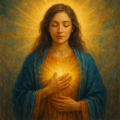
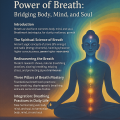


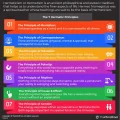



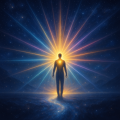
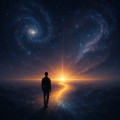

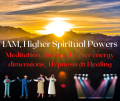

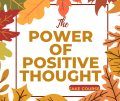

0 responses on "God's Dream: A Synthesis of Mysticism and Science"